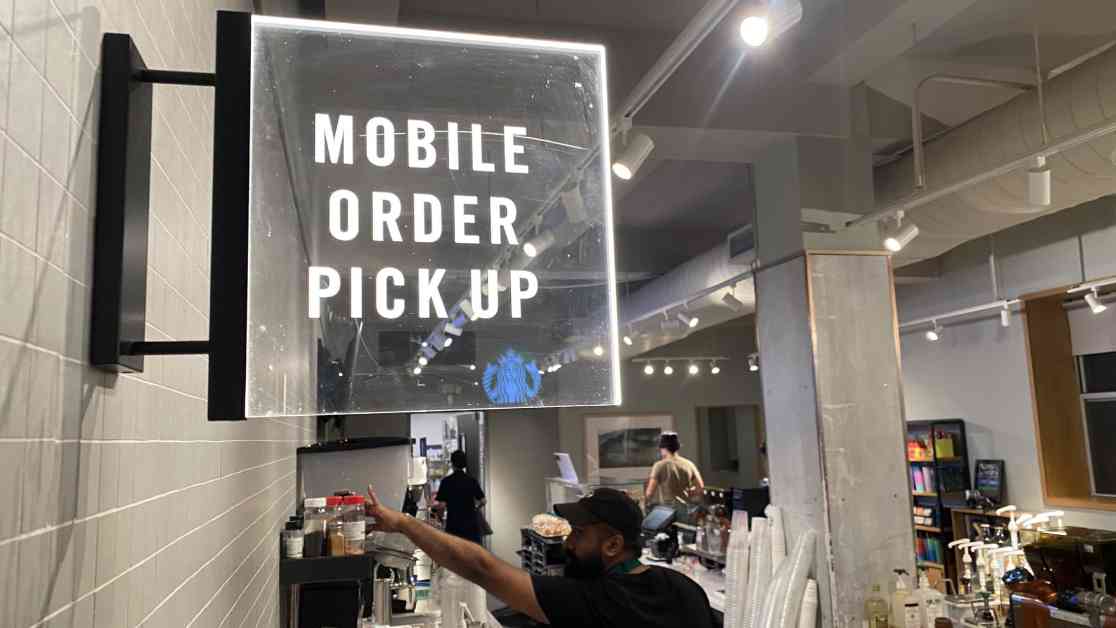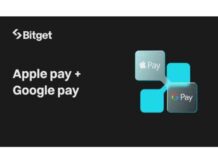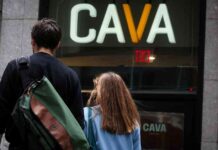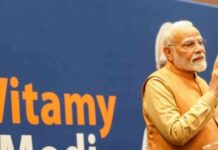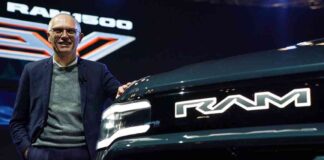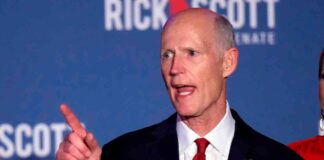Starbucks, a coffee giant with a global presence, has been facing challenges with its mobile app and digital orders. This issue has not only impacted customer satisfaction but has also put pressure on baristas and affected the overall operational efficiency of the chain. With the appointment of incoming CEO Brian Niccol, the company is looking to address these challenges and turn things around.
Mobile Order Madness
One of the most common scenes at Starbucks cafes across the country is a crowded counter filled with mobile orders, frustrated customers waiting for their drinks, and overwhelmed baristas trying to keep up with the demand. This situation has become a significant pain point for the company, leading to operational inefficiencies and impacting the overall customer experience.
The rise of mobile orders has been a double-edged sword for Starbucks. While it has contributed significantly to the chain’s total sales, accounting for roughly one-third of its revenue, it has also brought about complexities that have strained the operations. Customizations like cold foam or syrups, which are more profitable for Starbucks, often take up more time for baristas, leading to longer wait times for customers.
According to Robert Byrne, senior director of consumer research for Technomic, the issue lies not in the data but in the store itself. The challenge for Starbucks is to find a balance between catering to the growing demand for mobile orders while ensuring efficient service and a seamless customer experience in its cafes.
Addressing the Operational Challenges
As Starbucks prepares for a leadership transition with Brian Niccol taking the helm as CEO, addressing the operational challenges posed by mobile orders will be a top priority. Investors and executives have identified operational issues as a key reason for the chain’s recent sales decline, along with other factors like a weakening consumer base and brand perception.
Former CEO Howard Schultz, who remains involved with the company, has highlighted the mobile app as a significant Achilles heel for Starbucks. He emphasized the need to make mobile orders more efficient to reduce crowding at cafes and enhance the overall customer experience. This shift is crucial in restoring Starbucks’ reputation as a “third place” between work and home, a concept that has been overshadowed by the convenience of mobile ordering.
Laxman Narasimhan, the current CEO of Starbucks, acknowledged the challenges of meeting demand in the morning and the negative impact of long wait times on customer satisfaction. Schultz’s own experience at a Chicago location highlighted the operational strain caused by a surge in mobile orders during peak hours, underscoring the urgency of addressing these issues.
Learning from Chipotle’s Success
While Starbucks grapples with the complexities of mobile orders, Niccol can draw inspiration from his experience at Chipotle, where he successfully navigated the shift towards digital sales. Chipotle’s strategic investments in technology and operational efficiency, such as dedicated prep lines for digital orders and drive-thru lanes for online order pickup, have enabled the company to manage the surge in online orders effectively.
Niccol’s tenure at Chipotle saw a significant increase in digital sales, driven by innovative promotions and menu offerings tailored to the digital customer. The introduction of quesadillas as a digital-only option, for instance, streamlined operations and enhanced the overall customer experience. By leveraging Chipotle’s strengths in digital sales and operational efficiency, Niccol can bring valuable insights to Starbucks and drive improvements in its mobile ordering experience.
Rethinking the Mobile Ordering Experience
Starbucks has already taken steps to address the challenges posed by mobile orders and improve the efficiency of its operations. Initiatives like the “Siren Craft System” and equipment upgrades aim to streamline the drink-making process and reduce the strain on baristas. The rollout of new machines across North American locations is expected to enhance service speed and alleviate bottlenecks in the ordering process.
However, the company recognizes that more drastic measures may be needed to fully address the mobile order madness. Speeding up the equipment rollout and investing in training and resources to support baristas are essential steps in improving the overall customer experience. By prioritizing efficiency and service quality, Starbucks can regain its competitive edge and drive growth in an increasingly digital-centric market.
In conclusion, Starbucks’ mobile app issue poses a significant challenge for incoming CEO Brian Niccol. By addressing operational inefficiencies, improving the mobile ordering experience, and drawing on lessons from Chipotle’s success, Niccol has the opportunity to drive positive change and restore Starbucks’ reputation as a leading coffee chain. With a focus on innovation, efficiency, and customer satisfaction, Starbucks can navigate the complexities of the digital landscape and emerge stronger in the competitive coffee market.

